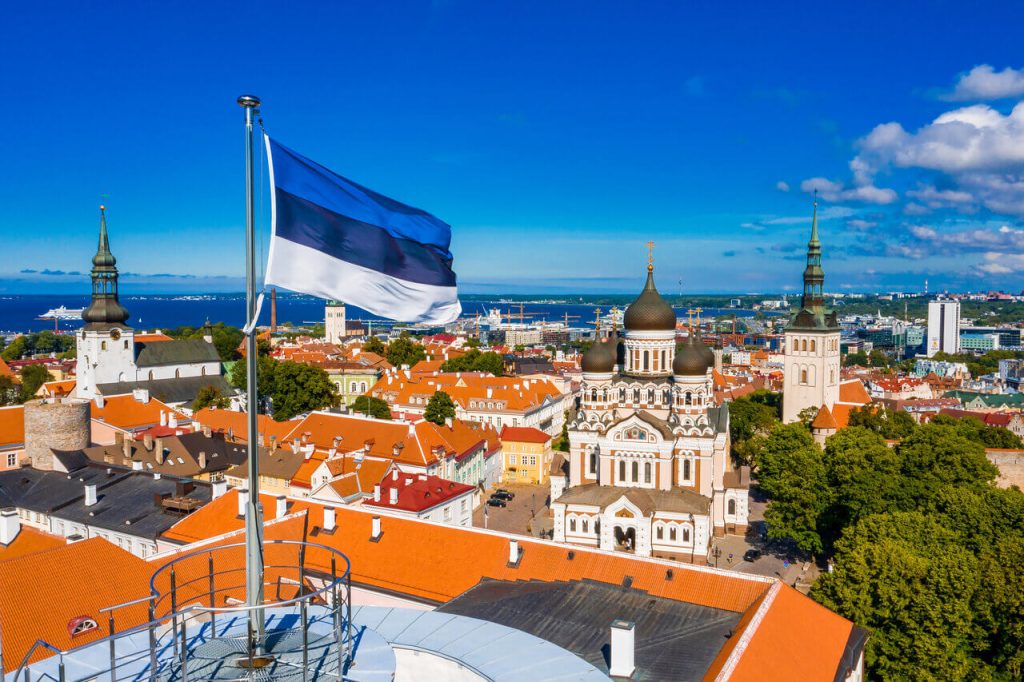Estonia’s government has announced that its immigration quota for 2024 is still not fully filled, with around 300 spots remaining open. This shortfall highlights a decreasing trend in the number of foreigners choosing to move to Estonia in recent years.
According to the Ministry of Interior, Estonia sets an annual immigration quota of over 1,300 temporary residence permits. However, as of now, there are about 300 permits that have not been claimed. This is a significant change from the years between 2016 and 2019, when the immigration quota was fully utilized, marking the peak of foreign interest in moving to Estonia.
Drop in Immigration Numbers
The decline in immigration is evident not just in unfilled quotas but also in the number of residence permit applications. In 2021 and 2022, Estonia received over 10,000 applications each year from foreign nationals seeking to live in the country. In contrast, only 4,702 applications were submitted in the first eight months of this year. This suggests that the total number for the entire year will be much lower than in previous years.
Also read Work Visa in USA: Your Guide to Working Legally in the United States
The Ministry of Interior attributes this downturn to various factors, including economic conditions and security concerns. These issues may have made Estonia a less attractive destination for potential immigrants.
Proposal to Lower the 2025 Quota
In response to the ongoing shortfall, the Interior Ministry has proposed reducing the immigration quota for 2025. The suggested new quota is 1,298 temporary residence permits, slightly lower than the current year’s allocation. The ministry believes that adjusting the quota to better match the actual demand makes practical sense.
Contrasting Plans to Boost the Economy
Interestingly, despite the unfilled quotas, some government officials are advocating for increasing the number of foreign workers allowed into the country to stimulate economic growth. Estonia’s Economy Minister, Erkki Keldo, has proposed tripling the annual quota for foreign workers. He suggests that if the country’s economic growth exceeds two percent, up to 4,000 foreign workers could be permitted to enter Estonia in the coming years.
Minister Keldo believes that bringing in more foreign talent could help boost various sectors of the economy. He has proposed setting different quotas for different industries and wants the government to establish salary requirements to ensure fair compensation.
Also read Sweden Tightens Citizenship Rules with Stricter ID Checks and Security Measures
Mixed Reactions from Government Officials
The proposal to increase the quota for foreign workers has received mixed reactions within the government. Kristina Kallas, the Minister of Education, supports the idea of raising the quota but insists that it should be done in agreement with trade unions. She emphasizes the importance of considering the impact on local workers and ensuring that any changes benefit the country as a whole.
On the other hand, Lauri Läänemets, the Minister of Interior and chairman of the Social Democrat Party, opposes the plan to increase the quotas. He has not provided detailed reasons for his stance, but his opposition suggests a concern for potential negative impacts on the local labor market or other social factors.
The contrasting views within the government highlight the complexity of immigration policy, especially in a small country like Estonia. While some officials see increasing immigration as a way to drive economic growth, others are cautious about potential downsides.
The ongoing shortfall in filling the immigration quota indicates that fewer foreigners are interested in moving to Estonia at the moment. Economic and security concerns seem to play a significant role in this trend. As the government debates whether to lower or raise the quotas, it will need to consider how best to balance the needs of the economy with the realities of immigration trends.
Also read France Extends Schengen Visa Processing Time to Four Weeks for Algerian Applicants Amid High Demand
Estonia is at a crossroads with its immigration policy. The unfilled quotas for 2024 show a clear decrease in foreign interest, prompting discussions on whether to adjust future quotas. While some government officials advocate for increasing the number of foreign workers to boost the economy, others urge caution.
The decisions made in the coming months will shape Estonia’s approach to immigration and could have significant implications for its economy and society. As the country navigates these challenges, it will need to carefully consider the benefits and risks of any changes to its immigration policies.

